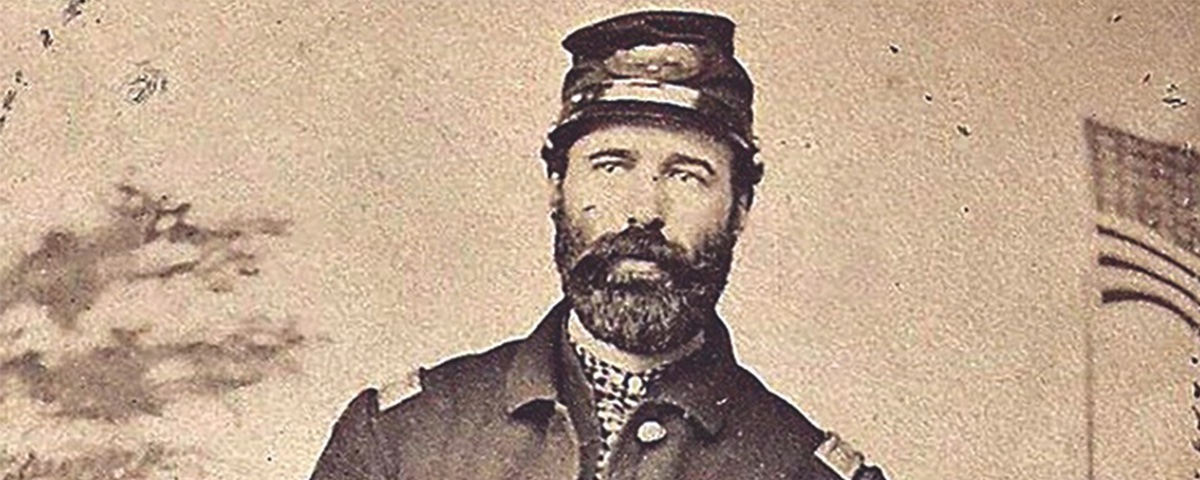Looking like 400 miles of bad road, I sit at a table outside the Sweet Shop Bakery in Shepherdstown, exhausted and achy but eager to walk the West Virginia town’s Civil War battlefield. On a Nashville-to-Philadelphia round trip, I have already visited a prison where Al Capone was incarcerated; a tavern on the site of a deadly Civil War munitions factory explosion; a rough neighborhood where the more adventuresome may examine the head of George Meade’s favorite horse; and world-famous Pat’s King of Steaks, where I ordered a sweet pepper-covered, heartburn-inducing steak sandwich.
Then a helmet-clad man on a whirring, humming Segway rolls up, looking like he means business.
“Are you John Banks?” he asks.
“Yes,” I say, visions of Paul Blart in Mall Cop swirling in my head.
“I’m Steve Alemar.”
He’s just the man I want to see.
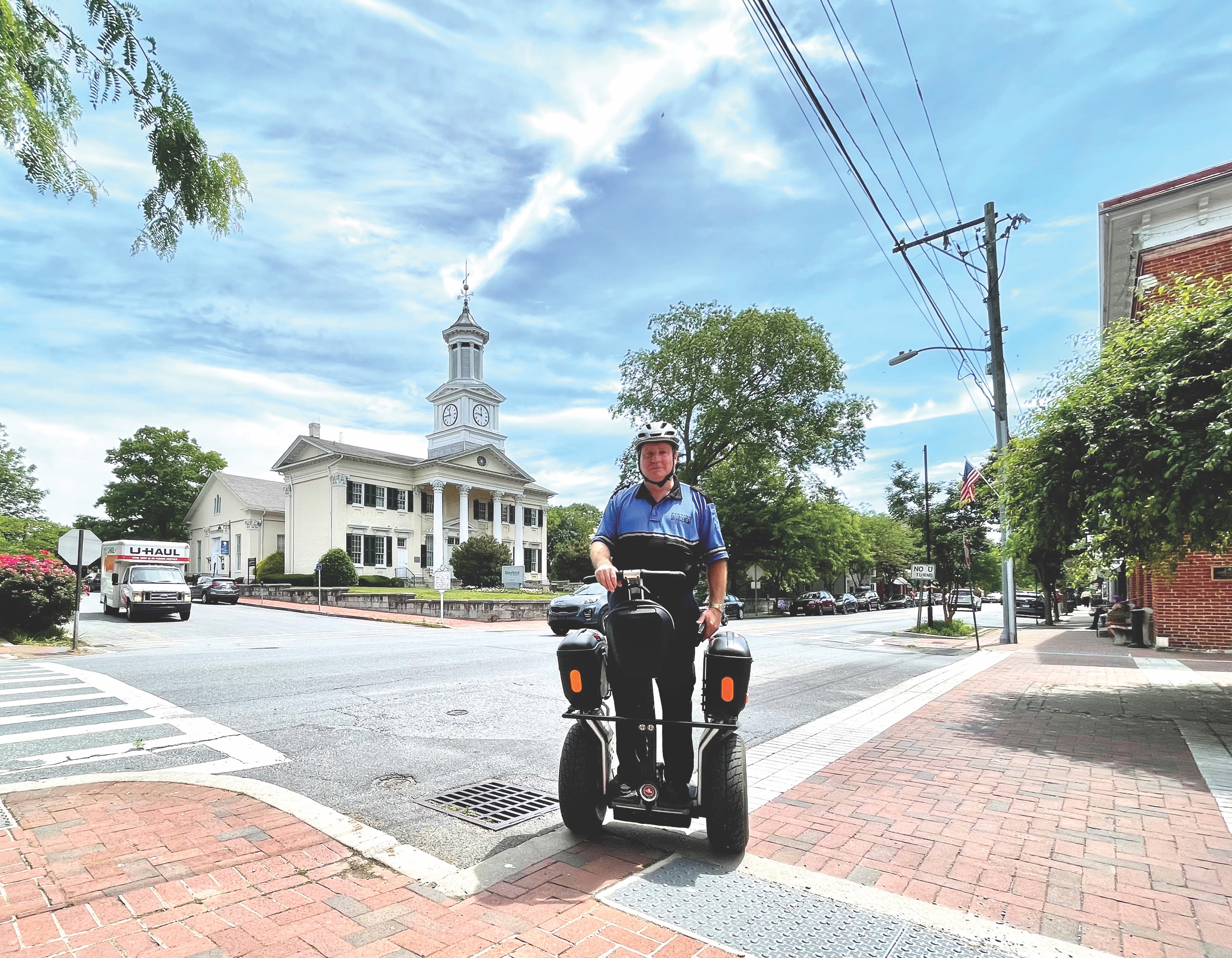
Alemar, the part-time parking enforcement officer in Shepherdstown (pop. about 1,800), is president of the Shepherdstown Battlefield Preservation Association. He has secured permission for me to visit privately owned battleground on the bluffs above the Potomac River. My aim: Walk in the footsteps of 118th Pennsylvania Lieutenant Lemuel Crocker, whose heroics on September 20, 1862, in the final Maryland Campaign battle should be legendary.
Alemar, a 67-year-old Vietnam veteran and former national park ranger, quickly earns a spot on my “Compelling/Interesting Characters From Civil War Trips” list—a lengthy roll call that also includes an ex-CIA station chief whose ancestor fought at Antietam; a former Marine/FBI agent who helped save a battlefield; a man who left a job in law enforcement to mow hallowed ground; a woman who has a framed Oreo cookie with frosting shaped like the profile of Abraham Lincoln hanging in her Civil War-era home; and a descendant of Confederate soldiers who seems obsessed with “snake-handling churches.”
In six years on his parking enforcement gig, Alemar has seen a little bit of everything in this quaint, college town along the Potomac River—flashers, drunks, bottle throwers, and other belligerents. A skin cancer survivor (“508 stitches in my face”), he uses the Segway on the job because he has a heart condition and a right knee replacement. I am tempted to ask for a spin on the thing, but there’s a battlefield to see. We agree to meet in 90 minutes on River Road, at battlefield markers near the ruins of a cement mill building that predates the war.
But first I order another cup of Joe in the Sweet Shop Bakery, asking the woman behind the counter if she’s creeped out because the building was used as a Confederate hospital in 1862 in the aftermath of the Battle of Antietam, the war’s bloodiest single day. “My own house is haunted,” she tells me, “so it doesn’t really bother me.”
And then I am off…
I have advanced on Shepherdstown from all directions over the decades—by car from my one-time home in Martinsburg, W.Va., to cover football games at Shepherd University as a newspaperman long ago; by bike from the nearby Antietam battlefield in Maryland; and by wading the Potomac, an exhilarating experience if one knows how to swim and can keep an iPhone from plunging into the river. In the early 1980s, a newspaper pal and I used a cheap metal detector to scour a Shepherdstown hillside for battle relics. Our haul of pull tabs from beer cans was stellar.
Like John Buford at Gettysburg, I scout the ground along River Road, roughly 15 yards from the Potomac. Oh my, what a treacherous place this was for the rookie 118th Pennsylvania, the “Corn Exchange” regiment from Philadelphia. Atop the bluffs, the Pennsylvanians fought with defective 1853 pattern Enfields, which proved useless. Then “beaten, dismayed, wild with fright,” Crocker and others hastily retreated under fire across a mill dam to the Maryland side of the Potomac.
In the distance behind me, barely in view between a stand of trees, are remains of that dam, stretching across the river; to my front are steep, craggy bluffs from which some 118th Pennsylvania soldiers plunged to their deaths as they hastily retreated. Others huddled along the river by Boteler’s Cement Mill kilns, where some were killed by friendly artillery fire from the Maryland side of the Potomac. You can see those ruins, too, if you’re mentally prepared for the copperheads.
Imagine the fright of those soldiers as they lay near the riverside, their own cannon booming in the distance and enemy troops nearby. “A cry of horror went up from our men, heard across the river,” 118th Pennsylvania Captain Frank Donaldson wrote about the awful effects of Union artillery fire on their own troops.
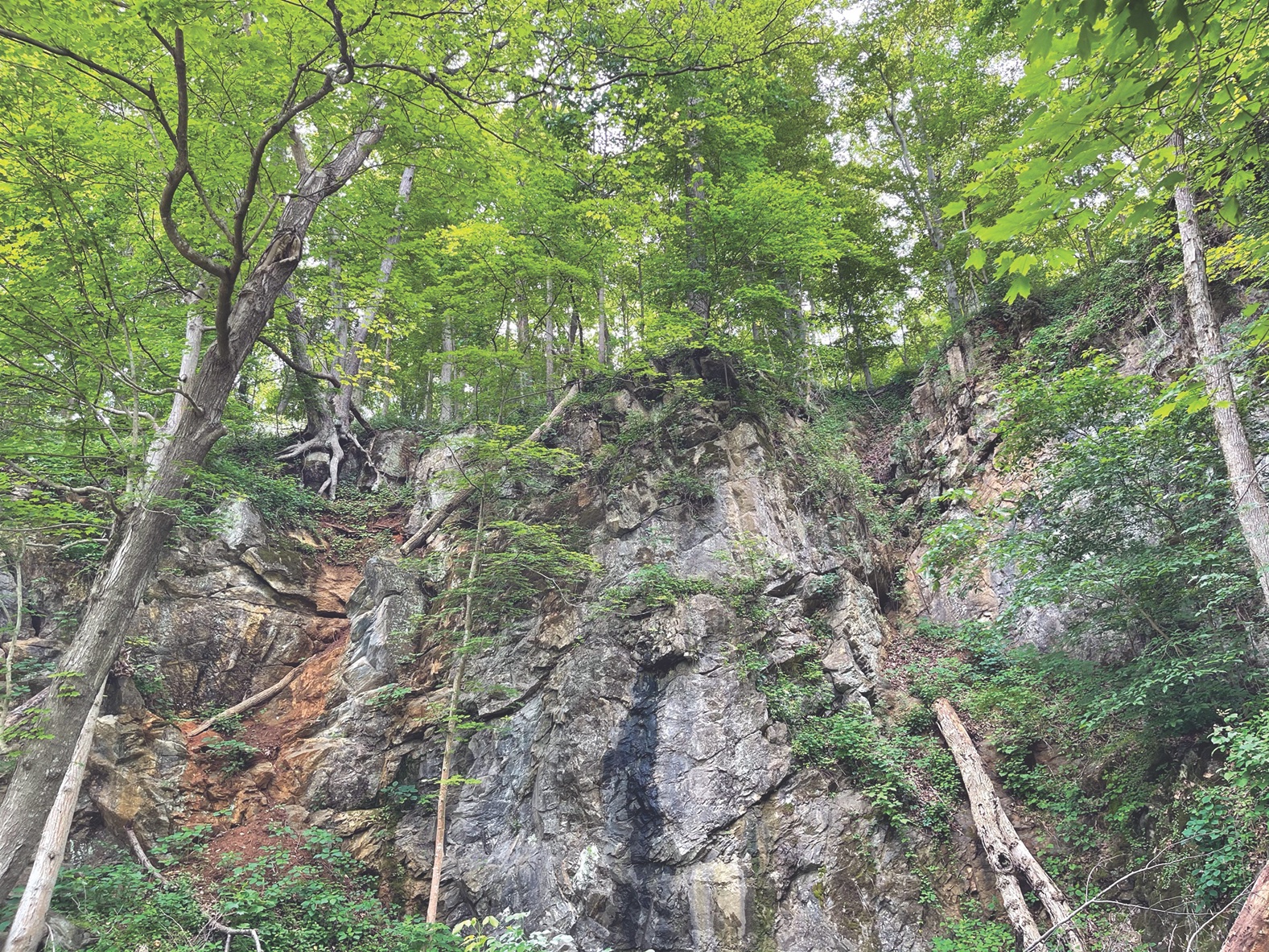
In one of the gutsiest moves of the war, Lemuel Crocker rescued wounded comrades and retrieved bodies of some of the unit’s dead, disobeying orders. In the army less than a month, the 118th Pennsylvania lieutenant, “absolutely covered with blood and dirt,” was carrying a soldier to the riverbank when he was approached by an aide for 5th Corps commander Fitz John Porter. Stop, he told Crocker, or a battery will open fire to persuade you. “Shell and be damned,” replied Crocker, who continued his noble work on the Virginia side of the river. (Remember: This didn’t become West Virginia until June 1863.)
When confronted by a Confederate general and his staff, Crocker—a large, muscular man with a thick beard—told them “humanity and decency demanded” that Union dead and wounded be cared for properly. And so this Civil War bad ass proceeded with his rescue and recovery mission.
Two days after the battle, Crocker—whose only punishment for disobeying orders was a reprimand—described his harrowing battle experience in a letter to his parents. “As we got to the river-side we had to go near a half a mile to a dam over which our men were attempting to cross; and to make this dam many a man lost his life, as the rebels were stationed on the bluff taking deliberate aim during the whole fight,” the 33-year-old soldier wrote.
“I was cool and collected during my travel by the riverside,” he continued, “but when I reach this dam, I think my cheek blanched, for it seemed to me certain death to cross it, as the rebels had got into a large brick building below the dam, and the main body above on the bluff, picking off our poor fellows.” Ravaged by time, nature, and graffiti, that brick building used by Rebel soldiers still stands.
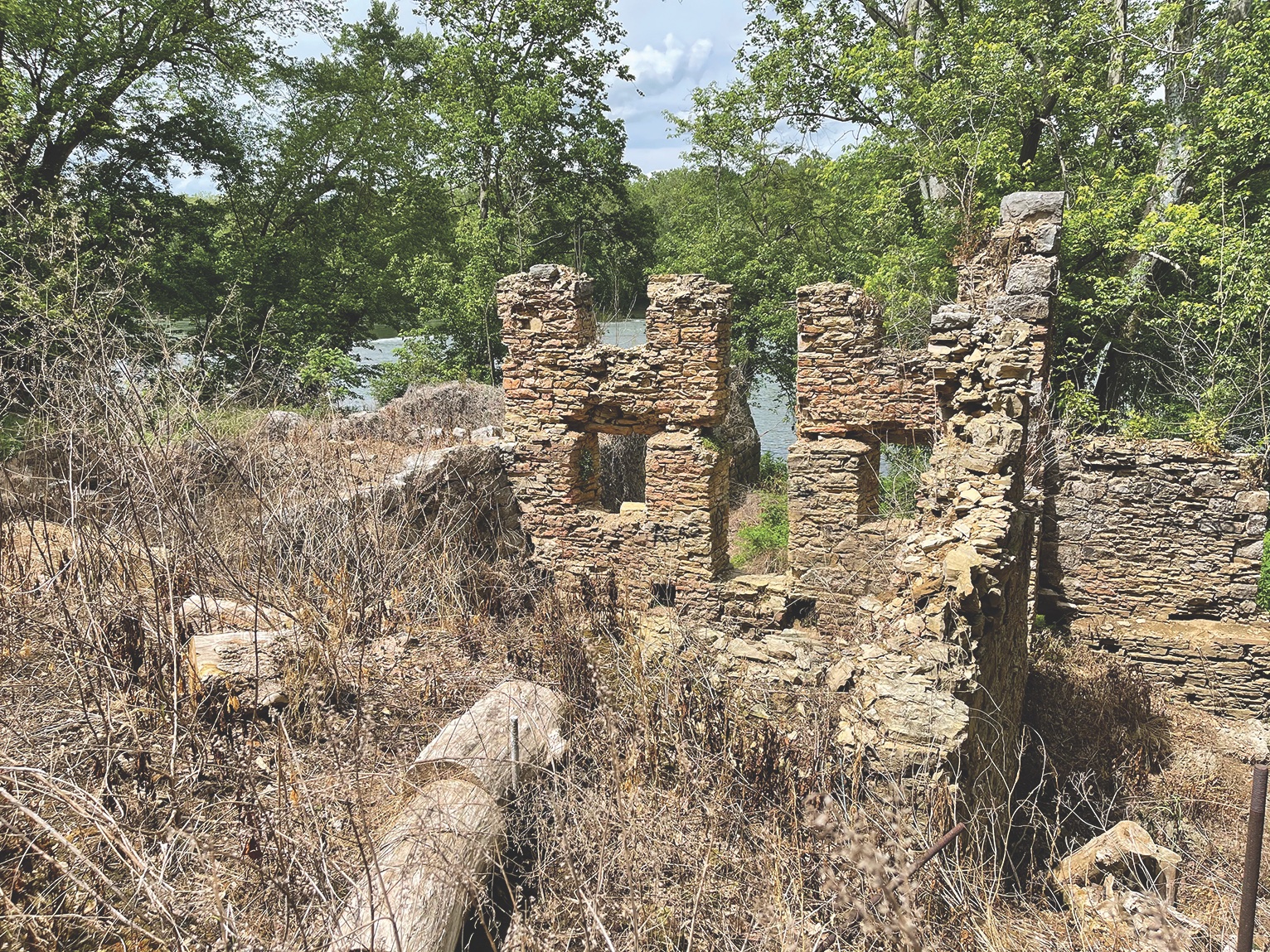
After Crocker’s death in Buffalo in 1885, apparently from a stroke, no mention appeared in local newspapers of his long-ago heroism. A respected businessman, “he was noted for his liberality, public spirit and kindheartedness,” an obituary noted. “He had many warm friends by whom his sudden taking off will be greatly deplored.” Crocker, buried in Buffalo’s Forest Lawn Cemetery, did not receive a Medal of Honor for his Shepherdstown valor—an egregious oversight someone must rectify.
“The daring of this man,” Donaldson wrote about Crocker’s Shepherdstown heroism, “is without precedent.”
On this muggy afternoon, I’m eager to commune with the spirit of the man, to touch his soul, to conjure visions of this brave soldier. I’m also eager to avoid the bears, coyotes, and snakes that are said to lurk in the woods on my route to the top of the bluff. “Just use your common sense,” Alemar told me in a pre-visit phone call, clearly not knowing whom he was speaking with.
Minutes after examining a sliver of ground along the river saved by the Shepherdstown Battlefield Preservation Association, Alemar arrives on River Road in his black truck. Only a few cars pass by us on this relatively remote stretch of road. In the distance, a deer bounds through the woods. “I used to love to come here,” he says. “It’s so peaceful.”
Alemar tells me about remains of Confederate artillery emplacements in the woods. We discuss non-Civil War topics, too—his mom was a secretary for FBI director J. Edgar Hoover; his dad was employed by the Office of Strategic Services, the precursor to the CIA. Alemar, a former U.S. Postal Service employee, also served as a ranger for two years in the 1980s at the Vietnam Veterans Memorial in Washington, an especially moving experience for a veteran.
Alemar also recounts his own life-altering war experience.
On October 1, 1972, he was an 18-year-old sailor aboard the USS Newport News off the coast of South Vietnam. About 1 a.m., the 21,000-ton heavy cruiser was firing on enemy targets when an eight-inch shell in the center gun of Turret 2 prematurely exploded, killing 20 and injuring 36 aboard. The battleship became a horror show of fire, thick, green smoke, and burning flesh. “I don’t remember how long I was in there,” a sailor recalled decades later about the scene at Turret 2, “but I’m guessing 15–20 minutes and then I was relieved. I [spent] 34 years in the fire department, and I don’t recall ever being as scared.”
“We were young that night,” another remembered years later, “but we aged fast.”
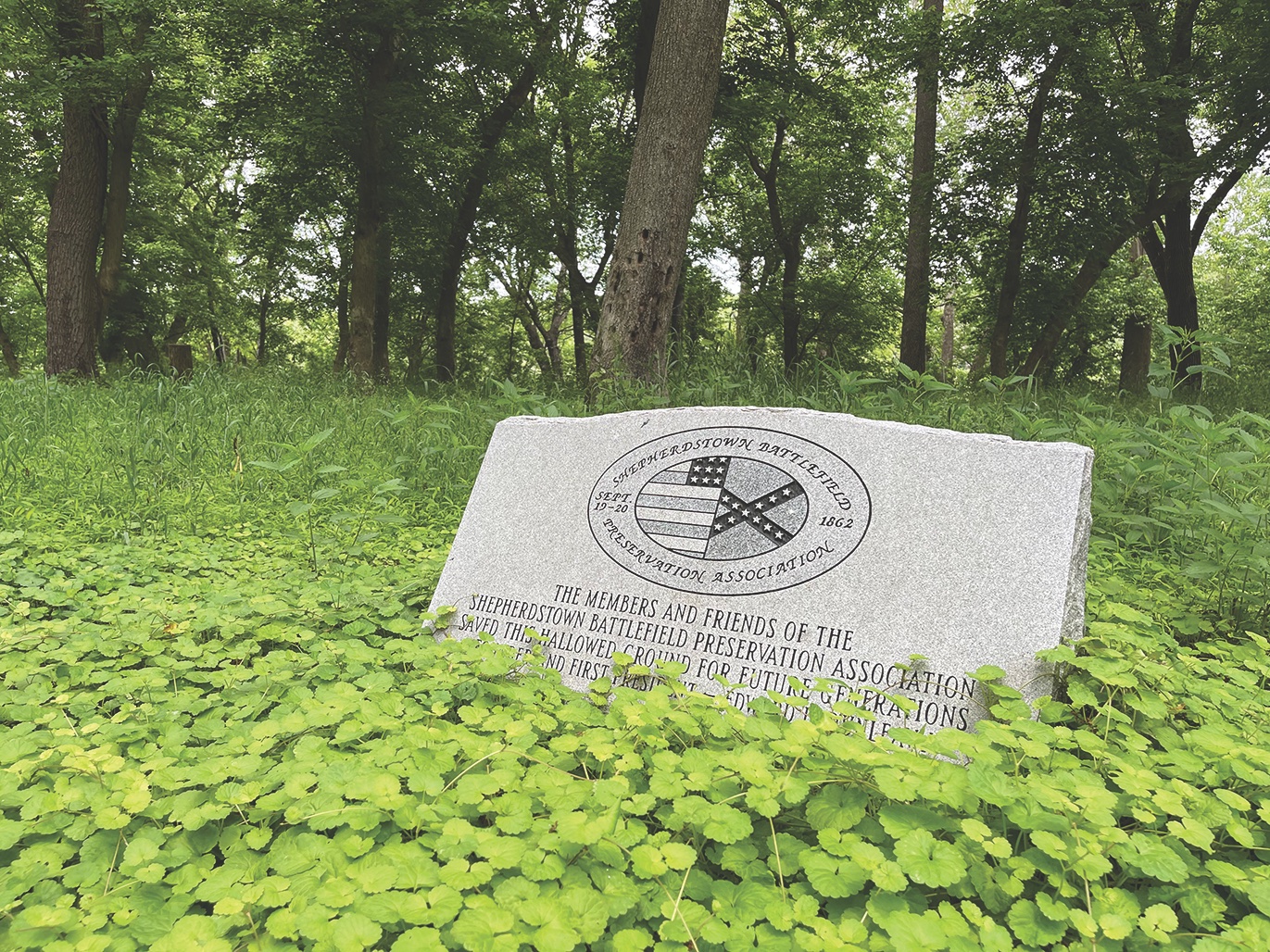
Alemar, who was above Turret 2 when the disaster occurred, suffered a crushed ankle and from smoke inhalation. The battered Newport News—“The Gray Ghost of the East Coast”—finally made it back to its Norfolk, Va., base on Christmas Eve. The memory of that awful day still day cuts deeply for Alemar: “Those things never go away,” he says.
Armed with a Tennessee walking stick, a new iPhone, and curiosity, I eye my route through the woods to the bluffs above the Potomac. Alemar, who stays behind, offers instructions and insect repellent. There are ticks up there, too.
And so I begin my climb in search of a hero… while leaving another one behind. ✯
For the record, John Banks has never ridden a Segway. Shortly after writing this column, Alemar crashed while aboard his, suffering several injuries and ending his short law enforcement career. He is still recovering.

